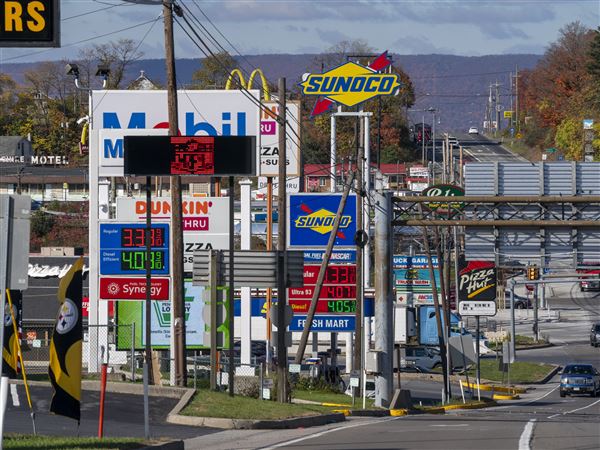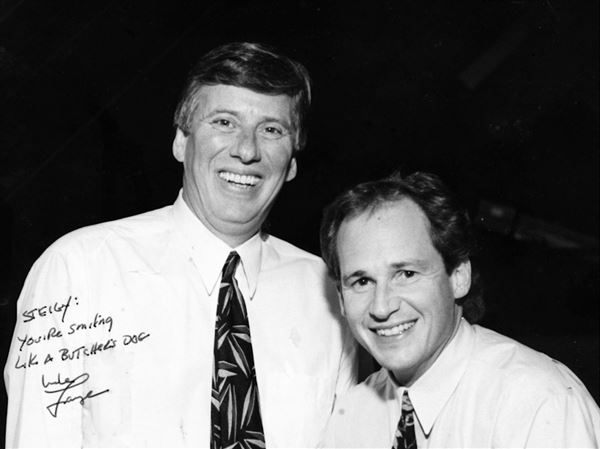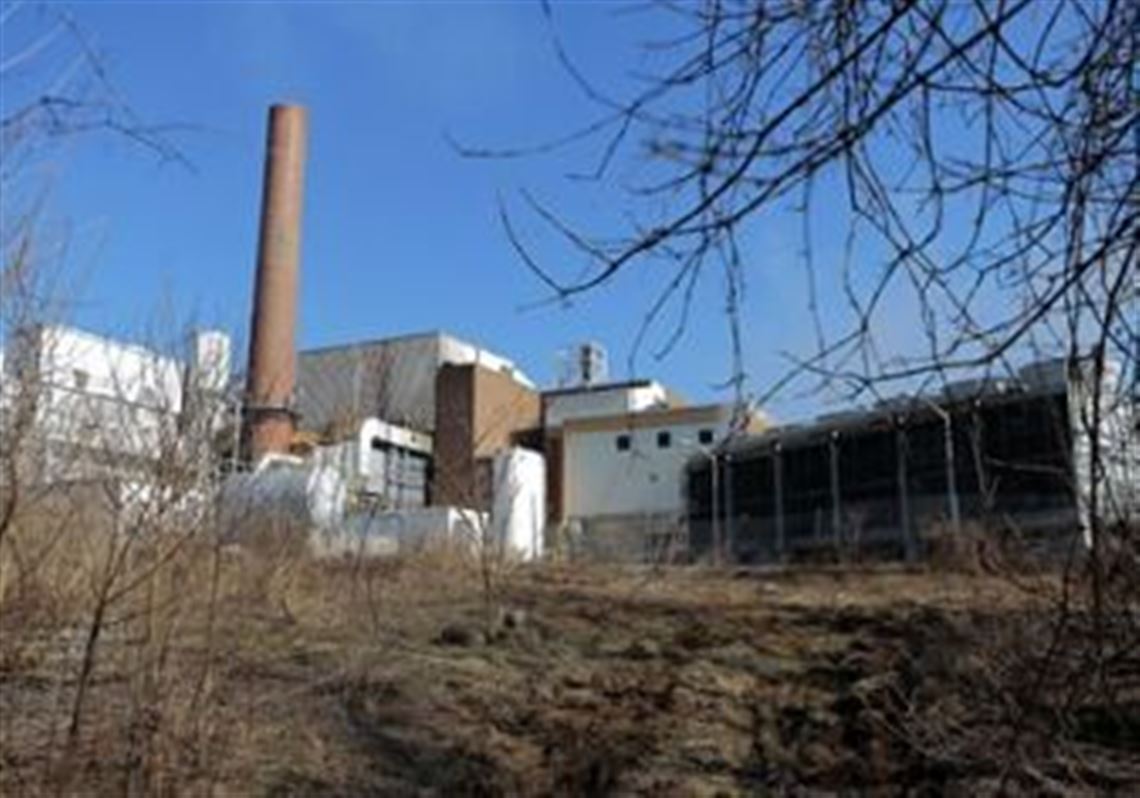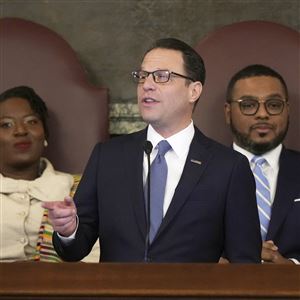The federal government’s Clean Power Plan might be seen to pit natural gas against coal; wind and solar against fossil fuels.
In Pennsylvania, the plan to cut the power sector’s carbon emissions has spurred a third skirmish — this one a battle over garbage.
In comments to Pennsylvania environmental regulators forging a state strategy to comply with the federal plan, facilities that burn municipal waste to create energy and landfills that turn gas from decomposing waste into fuel for heat or power each claim to be the most climate friendly while painting the other as flawed.
Covanta Energy, which operates five of the six municipal waste-to-energy incinerators in the state, asked regulators to look kindly on its facilities. It suggested that the state prohibit allowances for landfills that capture methane if Pennsylvania creates an emissions trading system, so as not to incentivize greater landfill use.
“The state should avoid creating a hurdle for [waste-to-energy] which does not apply to landfills, given that [waste-to-energy] mitigates [greenhouse gases] while landfills contribute to the burden,” the New Jersey-based company wrote.
That drew a retort from the Pennsylvania Waste Industries Association, which submitted a comment solely to rebut Covanta’s case. Pennsylvania landfills, the Harrisburg-based trade group said, are “part of the solution to climate change” while waste incinerators are “part of the problem.”
The spat is part of an ongoing argument over which waste management practice is better.
Each side points to outside references that support its position.
Pennsylvania landfills are considered a national leader in managing and making beneficial use of methane produced by the breakdown of waste, in part because state policies have supported landfill gas control strategies that go beyond federal standards.
According to Pennsylvania Department of Environmental Protection emissions inventory figures cited by the PWIA, waste-to-energy facilities in the state account for roughly 2.3 million metric tons of carbon dioxide equivalents while landfills are considered a carbon sink that acts to reduce emissions by 0.4 million metric tons. The state’s total carbon emissions in 2012 were 253 million metric tons.
Michael Van Brunt, Covanta’s sustainability director, said inventory calculations often overlook the life cycle benefits of waste-to-energy facilities. Power generated by burning trash offsets power that would otherwise have been created by burning fossil fuels. The waste plants also recover metals for recycling and offset the fraction of methane that inevitably escapes from landfills.
He pointed to a 2010 bulletin from the U.S. Environmental Protection Agency reporting on research that found “burning waste is often the better option” for municipalities considering whether to burn or bury waste to produce electricity.
Waste-to-energy can produce up to 10 times more electricity than capturing and burning landfill gas from the same amount of waste, the EPA researchers found, while greenhouse gas emissions even from landfills with ideal conditions for capturing methane are two to six times higher per unit of electricity generated than those from waste-to-energy plants.
Mr. Van Brunt said the waste-to-energy industry has to overcome skepticism of its status as a renewable energy source.
“One of our biggest challenges when we meet with policymakers is that the initial response is, ‘You guys have a stack, you’re burning stuff, how could you possibly be good for the climate?’” he said.
Environmental and public health groups, in their comments to the state, tended to endorse compliance strategies that promote energy that doesn’t come from burning things, whether it is trash or gas or coal.
As for garbage, they’d like to see more composting and recycling, and less stuff thrown away.
In any case, the contribution of municipal solid waste to Pennsylvania’s total greenhouse gas emissions is relatively small, the Pennsylvania Waste Industries Association pointed out. Municipal waste disposal of any form accounted for less than 1 percent of the state’s total emissions of global warming gases in 2012, according to DEP figures.
“Both waste-to-energy and Pennsylvania landfills have a role to play in mitigating [greenhouse gas] emissions,” the PWIA said, in a peace-making gesture, “but in terms of magnitude, we’re very small but beneficial players.”
Laura Legere: llegere@post-gazette.com.
First Published: November 24, 2015, 5:00 a.m.

















